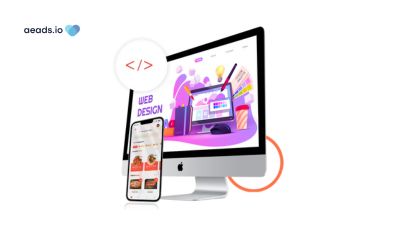Game monetization strategies

Making a great game is hard, and getting it to sell is much harder. Many different models exist today for making money off of video games. We've put together this quick list in the hopes that it will spark some fresh ideas for commercializing your game.
1. Advertisements that play during gameplay( In-Game Ads)
The most popular and efficient method of making money off of a game is through in-game advertisements. When your game is available for free on all platforms, you increase the likelihood that a wide audience will be able to enjoy it.
Then, once gamers are fascinated, they pay over five to thirty seconds of their time to view an ad in exchange for the chance to keep playing by buying additional in-game items or time.
In-app ads are highly effective at attracting new users, as shown by the fact that 47% of gamers can recall seeing them. Thus, it is not enough to rely on in-game advertisements; you need also consider the potential returns from out-of-game advertising investments.
Indeed, players usually hate invasive or irrelevant advertisements. As you build your game experience, think about employing advertisements in the places that make the most sense. For example, don’t interrupt a crucial action moment.
This would disrupt the natural flow of play and frustrate the players. Instead, pay attention to pivotal periods of resource collection or transition between action sequences. Frequent prompts to view advertisements might be annoying to players. To get the most out of in-game advertisements, pick the correct ad networks and implement ad mediation.
There are three types of in-game advertisements that you can choose from:
Dynamic In-Game Ads: Advertisers can buy real-time, geo-targeted advertisements that appear within the context of a game through a system called dynamic in-game advertising (DIGA), which is by far the most common kind of in-game advertising. Billboards, posters, bus shelters, and any other game features can all serve as billboards for these commercials.
Static in-game ads: They are a type of product placement that can be found in games across platforms. Ads in video games can be more seamlessly integrated because they are considered and planned for throughout the game's early stages of production.
Advergames: They are far more than simple in-game advertisements. You can think of them as video games made specifically to advertise a company. From a simple web-based minigame to an entirely composed 3D game, these are playable on essentially any device. Advergames are video games in which the plot, gameplay, and setting are designed to promote the brand or product paying for the game.
2. Payment for Viewing Video Ads
Unlike other forms of In-Game advertising, such as banner ads or text links, rewarded video ads are designed specifically to attract players to watch them. If your game is using virtual currency or virtual things, integrating rewarded video is relatively simple.
Additionally, games that use cooldown or general play times to create scarcity perform wonderfully with rewarded video. For developers, the most profitable form of in-game advertising is "Rewarded Video."
3. Ad-Mediation
Mediation of in-app advertisements is a method of monetization. As more and more publishers and marketers adopt this strategy, it has matured and expanded over time.
The procedure is as follows:
Game publishers should work together and with various ad networks to maximize ad revenue. However, keeping tabs on and managing so many different ad networks is becoming increasingly challenging. Ad hoc mediation is the answer!
With an ad mediation platform, you can integrate multiple ad networks and manage them as one. A platform like this would serve as a go-between for game developers, media outlets, and advertising networks. As an additional perk, such a platform just requires the integration of a single SDK, unlike the integration of several SDKs required by different ad networks.
4. Data Monetization
One of the less common ways to make money off of a game is through data monetization. It involves sending information about your game and the players who use it to a central database.
Please note that none of this information is personally identifiable to individual players. Country, device kind, screen size, etc. are examples of the types of non-personal data that are gathered. Similar to ad mediation, the more data collectors you partner with, the more money you'll make through data monetization.
Earnings from this strategy scale are directly proportional to the number of DAUs you have. Don't forget that you'll need more than 50,000 daily active users (DAUs) for this method to work properly.
5. In-App Purchases (IAPs)
In-App Purchases (IAPs) have emerged as a major trend in the mobile gaming industry in recent years. If you want to attract the largest possible audience, you can keep your game free while still monetizing it through in-game offers, storefronts, and purchases.
Design work is required to ensure the system is set up properly and that prices for goods and services are set appropriately. You should include both cheap, common items and pricey, unusual items so that everyone can find what they're looking for. To guarantee a consistent flow of fresh content for the game, you'll also need to establish a LiveOps pipeline of content.
6. Premium Game Content
Demand for premium games will continue to grow (also called Paid or Boxed Games). In this model, you create and sell your game to customers for a single payment. Typically, this approach is most successful with story-driven single-player games that don't promise unlimited gameplay or constant updates.
This list of potential methods for making money off of a game should prove useful. The greatest strategies to use depend on the genre of game you're playing and your intended outcomes.



